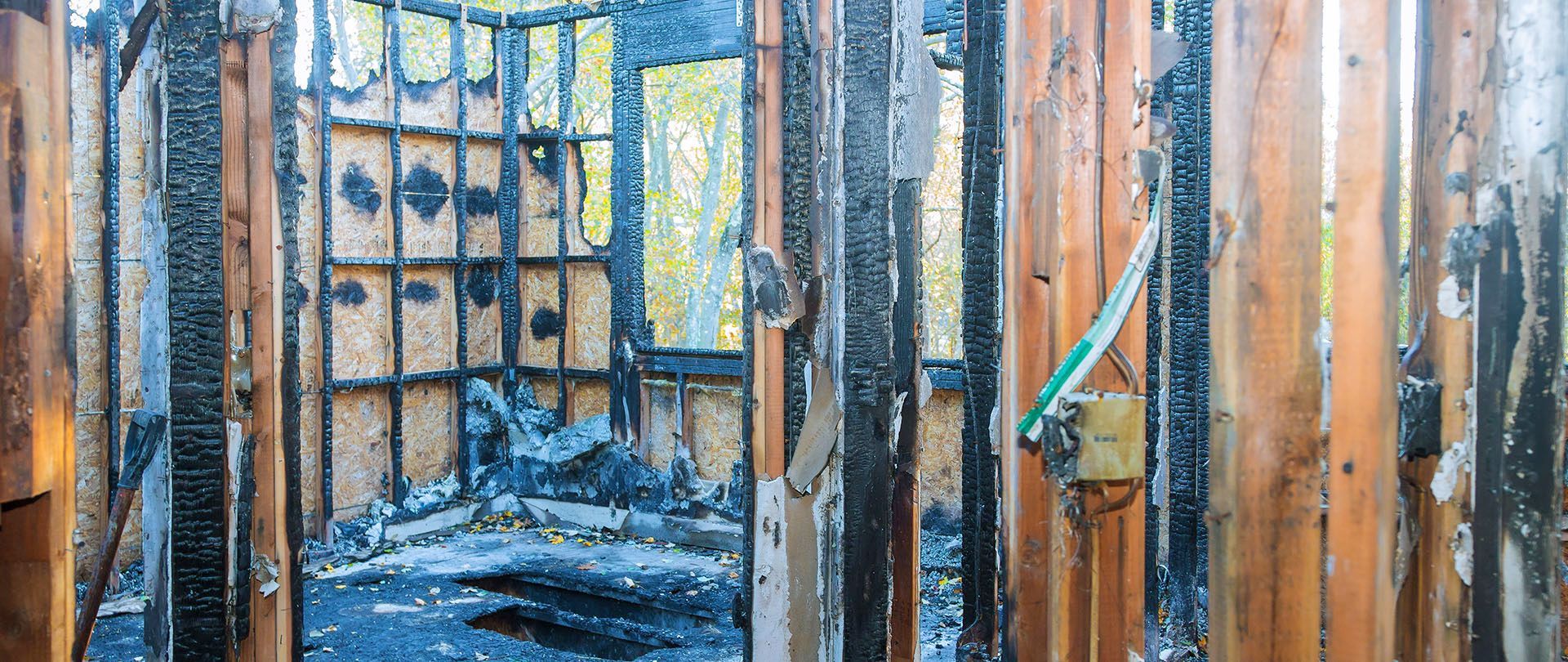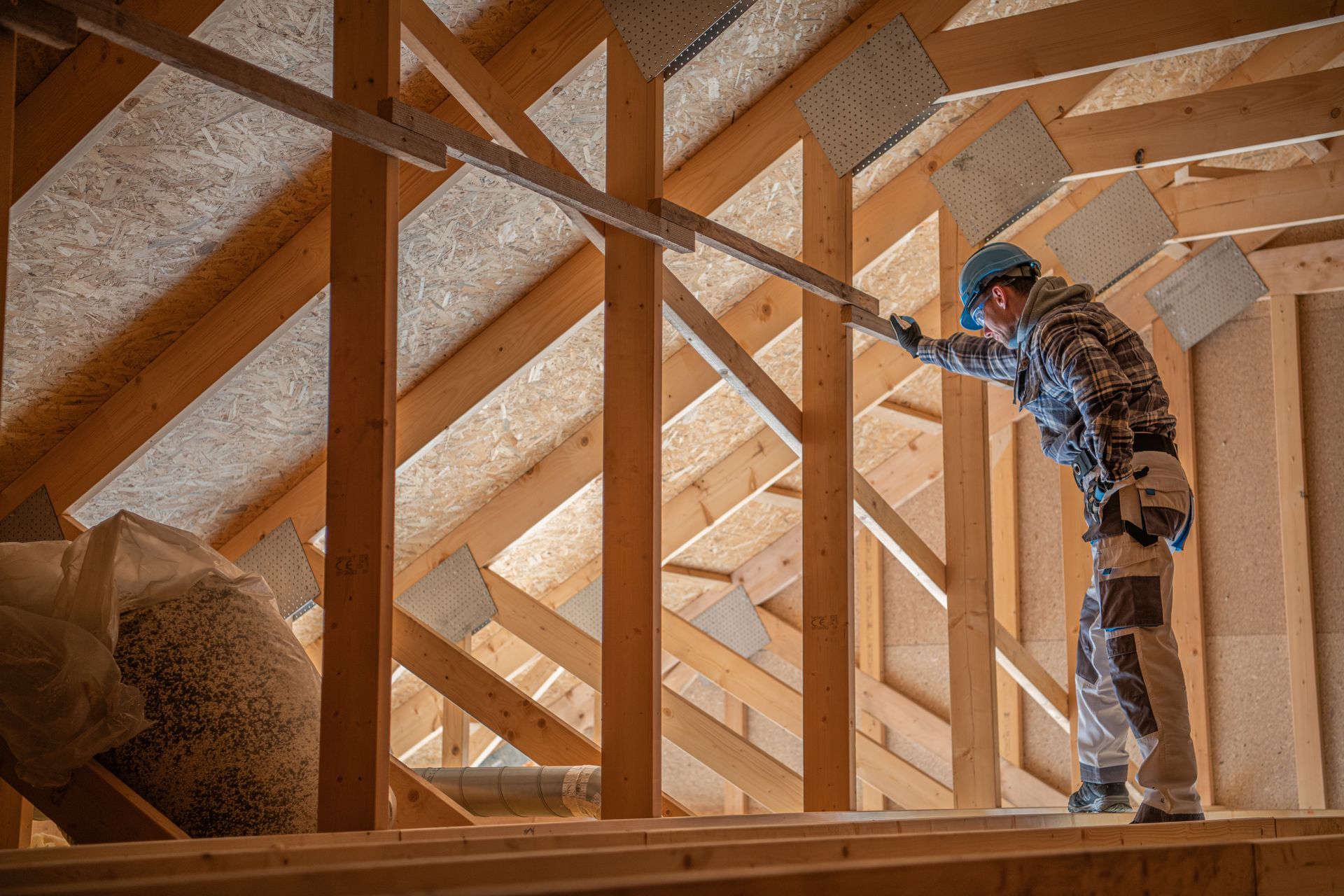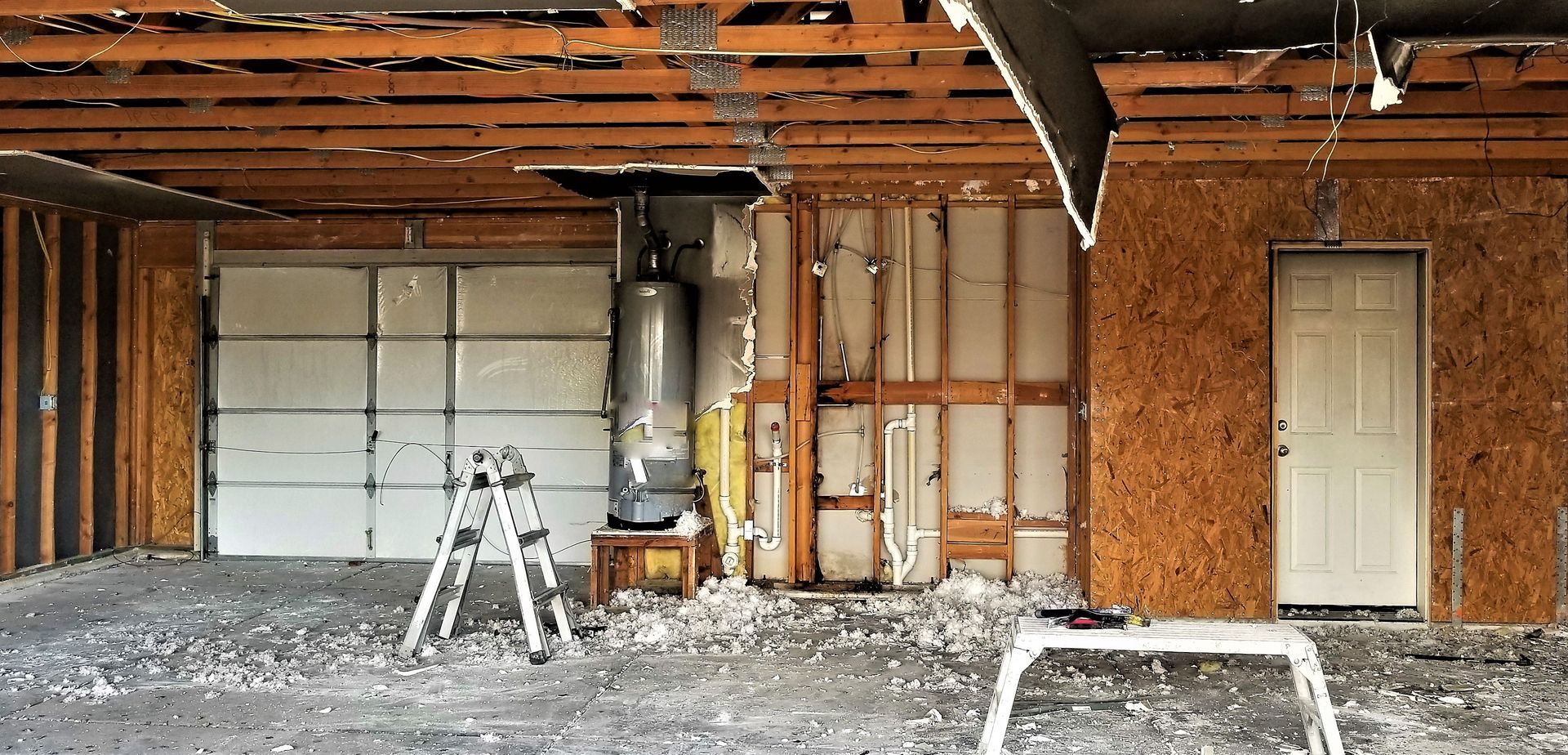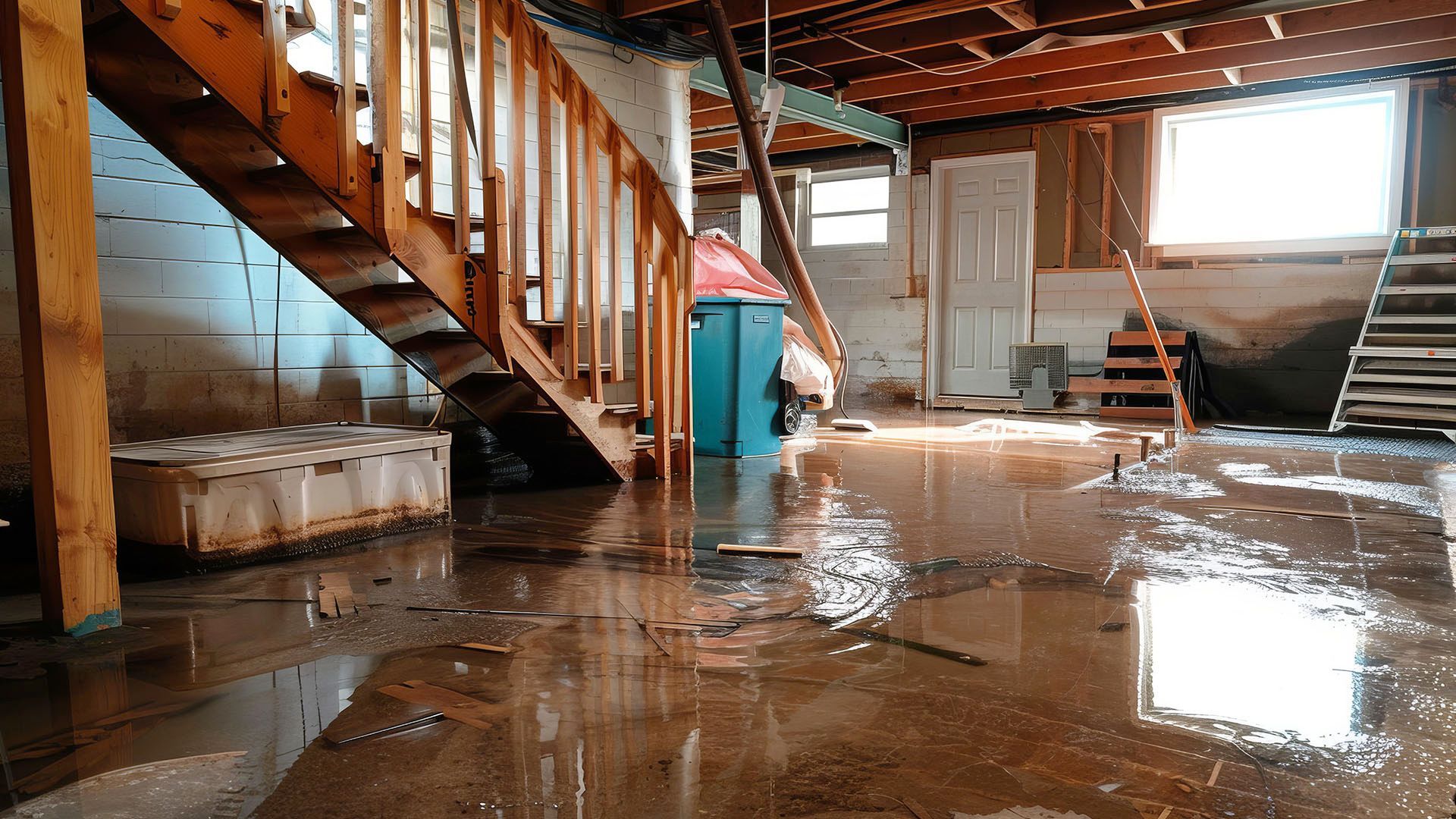Fire Damage? 7 Immediate Steps to Take (What to Do After Fire Damage)
When a fire strikes, the first question most homeowners ask is what to do after fire damage. In short: put safety first, secure the property, document everything, open your insurance claim, and bring in an IICRC-certified restoration company to prevent secondary damage from soot, smoke, and water. The guide below walks you through each step so you can move from chaos to a clear recovery plan.
Quick Answer (First Things First)
- Ensure everyone is safe and wait for official clearance before re-entering.
- Call your insurer to open a claim and ask about temporary housing.
- Document the damage with photos and video before you clean or move items.
- Arrange emergency board-up/tarping to secure doors, windows, and the roof.
- Contact an IICRC-certified team for immediate
fire damage cleanup, smoke/soot removal, and water extraction.

Step 1 — Safety First: Re-Entry, Utilities & Health
- Wait for clearance from the fire department before going back in.
- If advised,
shut off utilities (gas, electric, water). Do not flip breakers or plug in appliances that were exposed to heat or water.
- Wear
PPE: N95/respirator, gloves, eye protection, and sturdy shoes.
- Keep
children, seniors, and pets out of affected areas—air quality and unseen structural issues can be hazardous.
- Ventilate cautiously if permitted; avoid spreading soot into clean rooms.
Step 2 — Stop Secondary Damage
Fires often leave behind soot, smoke, and water from firefighting. Each can cause rapid deterioration:
- Soot is acidic; it stains and etches finishes fast.
- Smoke odor penetrates porous materials, HVAC systems, and wall cavities.
- Water can lead to
mold within 24–48 hours.
A professional team will set containment, deploy air filtration (HEPA), and begin targeted drying to stabilize the structure.
Step 3 — Document the Loss for Insurance
Before you touch anything:
- Photograph/video every room, from multiple angles, including close-ups of damaged items and serial numbers where possible.
- Create a
contents inventory: item, brand/model, age, estimated value, and condition.
- Save receipts for hotel stays, meals, clothing, and essentials—these may fall under
Additional Living Expenses (ALE).
- Keep a
log of calls with your adjuster and contractors, including dates and decisions.
Step 4 — Secure the Property
Prevent weather intrusion and trespass:
- Emergency board-up for doors and windows;
roof tarping to stop leaks.
- If doors can’t be secured, consider a
temporary lock or security measure.
- Isolate affected rooms to avoid tracking soot into clean spaces.
Step 5 — What Not to Do After a Fire
- Don’t wash walls, drapes, or upholstery—you can set stains permanently.
- Don’t power up HVAC; it can circulate soot throughout the home.
- Don’t eat food or use medications/cosmetics exposed to heat, smoke, or firefighting water.
- Don’t handle electronics until they’re inspected; corrosive soot can damage internals.
Step 6 — Understanding Soot, Smoke & Water Damage
- Types of soot:
- Dry soot (from faster, hotter fires) can smear easily if cleaned incorrectly.
- Oily/wet soot (slower, smoldering fires) adheres to surfaces and needs specialized degreasers.
- Protein residue (kitchen fires) is nearly invisible but extremely odorous.
- Smoke migration: Odors and particulates push into
ducts, insulation, and cavities—out of sight but not harmless.
- Water damage: Saturated materials (drywall, insulation, subfloors) may require removal to reach
dry standards and prevent mold.
Step 7 — Professional Fire Damage Cleanup & Deodorization
An IICRC-certified team (like Incredible Restorations) follows industry standards to restore your home safely:
Assessment & Containment
- Moisture mapping, soot testing, and safety checks.
- Containment barriers and
negative air to prevent cross-contamination.
Soot & Smoke Removal
- Surface-specific cleaning (HEPA vacuuming, dry sponging, alkaline rinses).
- Careful handling of finishes like stone, stainless steel, and hardwood to prevent etching.
Odor Elimination
- Thermal fogging, ozone, or hydroxyl treatments once cleaning is complete.
- HVAC decontamination and filter replacement.
Water Extraction & Drying
- Extraction of standing water, removal of wet building materials as needed.
- Air movers and dehumidifiers with daily monitoring until materials reach target moisture levels.
Contents Care (Pack-Out)
- Cataloging, cleaning, deodorizing, and storing salvageable items off-site.
- Coordination for
specialty restoration (electronics, documents, textiles, art).
Salvage vs. Discard: Making Smart Calls
- Porous items (unsealed wood, drywall, insulation, many fabrics) are often discarded if heavily smoke-impacted or wet.
- Non-porous and semi-porous (metal, glass, some plastics, sealed woods) may be salvageable with proper methods.
- Food, medication, and cosmetics exposed to heat or smoke should be replaced.
- If it’s sentimental, ask about
specialty restoration options before you decide.
Working with Insurance & Your Restoration Team
- Coverage generally includes structure, contents, and ALE. Your adjuster will explain limits and deductibles.
- Expect a
written scope/estimate, and potential supplements if hidden damage appears during demolition.
- Choose a
licensed, insured, IICRC-certified contractor who provides daily updates, photos, and moisture logs.
- Keep communications centralized—email threads and a shared document help avoid confusion.
Reconstruction: Back to Pre-Loss Condition
Once mitigation and cleaning are complete:
- Rebuilding may include framing repairs, insulation, drywall, paint, flooring, cabinetry, roofing, and exterior finishes.
- Your team will manage
permits and inspections as required.
- Discuss
like-kind repairs vs. upgrades (and what’s covered) before materials are ordered to avoid delays.
Costs & Timelines: What to Expect
Every loss is unique, but these factors influence price and duration:
- Extent of fire, soot spread, and water saturation
- Number of affected rooms and assemblies (kitchens and attics can be complex)
- Specialty deodorization needs and HVAC cleaning
- Availability of materials during reconstruction
A common flow looks like this:
- First 24 hours: Safety clearance, claim opened, documentation,
emergency board-up, water extraction.
- Days 2–3: Containment, detailed scope, targeted demolition, drying and
soot and smoke removal begin.
- First week and beyond: Deodorization, contents processing, clearance checks, reconstruction planning.
- Rebuild phase: Varies by scope—your project manager should provide milestones and weekly updates.
Frequently Asked Questions
Is it safe to stay in the home?
Only if the structure and air quality are cleared by professionals. Soot and smoke can be irritants and may pose health risks.
How long does smoke odor removal take?
From a couple of days to several weeks, depending on how far smoke traveled, materials affected, and whether HVAC and cavities require treatment.
How can I clean myself?
Hard, lightly affected surfaces may be safe after professional guidance. Avoid fabrics, painted walls, and electronics—improper cleaning can set stains or cause damage.
Will insurance cover temporary housing?
Often yes, under Additional Living Expenses (policy-dependent). Save every receipt.



